22
Aug
Networking considerations – MDaemon, ActiveSync and your mobile devices
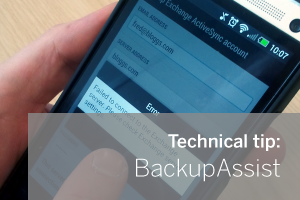 If you're a user of the MDaemon email server, and own either an iPhone, Android device or Windows mobile, it's quite likely at some point you'll want to synchronise your calendar, contacts and tasks etc.
While the set-up steps for configuring MDaemon and the devices themselves are very straightforward, because MDaemon needs to be visible to the outside world, there are some networking considerations to be aware of.
If you're a user of the MDaemon email server, and own either an iPhone, Android device or Windows mobile, it's quite likely at some point you'll want to synchronise your calendar, contacts and tasks etc.
While the set-up steps for configuring MDaemon and the devices themselves are very straightforward, because MDaemon needs to be visible to the outside world, there are some networking considerations to be aware of.


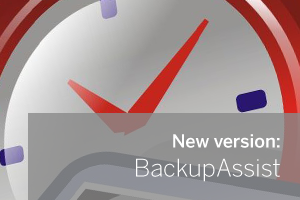
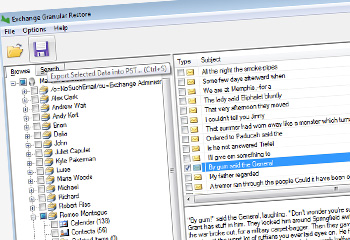 You may recall a little over a month ago us announcing the brand new major release of BackupAssist version 7.1.That included an impressive range of new features such as a beta of the new Exchange Granular Restore (EGR) add-on, support for Exchange 2013, enhanced support for Server 2012 and history for imaging backups on NAS and RDX drives.
Well, following up the great work on 7.1, Australian developer Cortex have completed the EGR add-on beta phase and have released the feature in full in this latest iteration of our favourite backup software for small businesses.
You may recall a little over a month ago us announcing the brand new major release of BackupAssist version 7.1.That included an impressive range of new features such as a beta of the new Exchange Granular Restore (EGR) add-on, support for Exchange 2013, enhanced support for Server 2012 and history for imaging backups on NAS and RDX drives.
Well, following up the great work on 7.1, Australian developer Cortex have completed the EGR add-on beta phase and have released the feature in full in this latest iteration of our favourite backup software for small businesses.
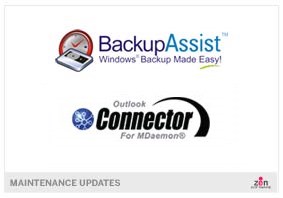 A couple of minor updates for you this morning - there are new versions available of both
A couple of minor updates for you this morning - there are new versions available of both  The brand new major release of BackupAssist, version 7.1 is now available to download, and brings many of the features you’ve been asking us for such as support for Exchange 2013, enhanced support for Server 2012 and history for imaging backups on NAS and RDX drives.
This is now the most stable release of BackupAssist v7 and we recommend that you download and install it straight away. If you already own a BackupAssist v7 license then you can download and update for free.
The brand new major release of BackupAssist, version 7.1 is now available to download, and brings many of the features you’ve been asking us for such as support for Exchange 2013, enhanced support for Server 2012 and history for imaging backups on NAS and RDX drives.
This is now the most stable release of BackupAssist v7 and we recommend that you download and install it straight away. If you already own a BackupAssist v7 license then you can download and update for free.
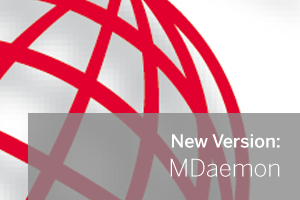 Yes, the latest iteration of MDaemon Messaging Server is upon us! This most recent version of the popular Microsoft Exchange alternative for small businesses is only a point release - you could easily mistake it for a major update given the size of the release notes.
With a long list of features to highlight for both admins and end users I'll waste no further time and get straight on with what I think you might find most interesting...
Yes, the latest iteration of MDaemon Messaging Server is upon us! This most recent version of the popular Microsoft Exchange alternative for small businesses is only a point release - you could easily mistake it for a major update given the size of the release notes.
With a long list of features to highlight for both admins and end users I'll waste no further time and get straight on with what I think you might find most interesting...
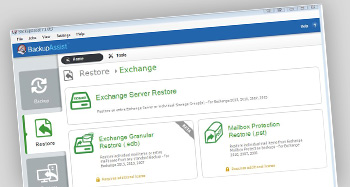 The release of BackupAssist v7.1 is only a few days away now so I thought it would be the perfect time to introduce one of the great new features, the 'Exchange Granular Restore Console'.
The release of BackupAssist v7.1 is only a few days away now so I thought it would be the perfect time to introduce one of the great new features, the 'Exchange Granular Restore Console'.
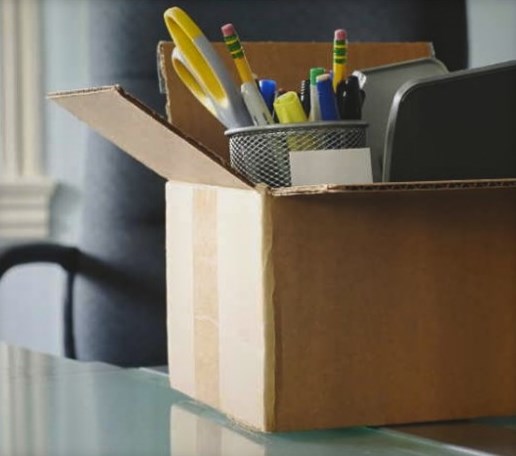 A question I'm frequently asked by users is "What happens to a user's mailbox in the event they leave the company?".
My first response is usually to qualify what's going to happen with their email address once they've left. Will the address leave with them and will all further messages sent to that address will be bounced? Or will there be another member of staff taking over their role who'll need visibility of those existing messages?
This is a decision for the business and companies will differ from each other in how they'll want to approach the managing of mailboxes and of staff turnover.
Typically I find that companies will remove the Active Directory account as soon as the person has left, and they'll probably also choose to remove the email account from the mail server. Most organisations will tend to keep the email archive for this user intact for some time.
A question I'm frequently asked by users is "What happens to a user's mailbox in the event they leave the company?".
My first response is usually to qualify what's going to happen with their email address once they've left. Will the address leave with them and will all further messages sent to that address will be bounced? Or will there be another member of staff taking over their role who'll need visibility of those existing messages?
This is a decision for the business and companies will differ from each other in how they'll want to approach the managing of mailboxes and of staff turnover.
Typically I find that companies will remove the Active Directory account as soon as the person has left, and they'll probably also choose to remove the email account from the mail server. Most organisations will tend to keep the email archive for this user intact for some time.
 In an environment where we tend to communicate almost exclusively via phone and email, it's sometimes easy to forget the value of getting together in person occasionally with the members of our partner program we're working with on a regular basis.
In an environment where we tend to communicate almost exclusively via phone and email, it's sometimes easy to forget the value of getting together in person occasionally with the members of our partner program we're working with on a regular basis.
 A new update for MailStore has just been made available by the German development team and is now available to download from our
A new update for MailStore has just been made available by the German development team and is now available to download from our